|
Brandon Cronenberg’s third film, Infinity Pool, gets him further away from his iconic father David and gives viewers a clearer expectation of what his style is going to be. After the 2020 dark masterpiece Possessor, a pattern emerges where the second-generation filmmaker reiterates his interest in nightmare drug sequences, humiliation, and general extremity. One can expect certain things from Brandon, just like a David movie without fleshy tumorous appendages as an outgrowth of some psychological crutch isn’t really a true Cronenberg. Infinity Pool has the eye-covering moments one expects, but Brandon hasn’t settled into a predictable groove just yet, adding comedy to Infinity Pool alongside new actors who seem tailor-made to continue to work with him, just as the cast of Possessor could only have been the actors onscreen. While Infinity Pool isn’t as mind-blowing and memorable as Possessor (what could be?), it does represent necessary growth for its director and superlative work from his two lead actors.
0 Comments
Luca Guadagnino’s hot-blooded romances contained plenty of hints that he’d eventually turn to horror. A Bigger Splash and Call Me By Your Name, plus his HBO miniseries We Are Who We Are, all featured attraction so strong, it looked more like compulsion for its teen characters or its adults who act like teenagers. Losing control of oneself in pursuit of sensual delights is a frequent horror theme, and in Guadagnino’s Bones and All, the line between romance and horror is obliterated. The director’s best film yet builds on everything that has made his work so memorable, incorporating sense memory and raw horniness with a grimy creep factor that crawls into the viewer’s brain. Bones and All smells and feels and drips, leaving the viewer no choice but to eat out of Guadagnino’s hand.
After a career of making genre films about men in various stages of arrested development, Edgar Wright has defined his style and remains in search of substance. Big soundtrack moments, whip-pans, frenetic editing, dense with references to his other movies and the broader culture, all are signifiers for a director whose work has never been as strong as his debut, the zombie comedy Shaun of the Dead. Wright’s latest, Last Night in Soho, continues his resistance to repeating himself, at least as far as genre is concerned, and is also his first attempt at a female-led film. Paying homage to 70’s era psychodramas and Italian horror, Last Night in Soho is more of the same from Wright, a film that achieves moments of transcendence but fails to linger once the thrill of the pop sequences has worn off.
The great underrated horror entry of the late slasher era gets a modern revamp with Nia DaCosta’s Candyman, a film that builds on its predecessor while not surpassing it. The 1992 film made exceptional use of Tony Todd as the titular vengeful spirit while also being far more intelligent than its genre typically requires. Some of Candyman’s themes are visible in DaCosta’s version, but the world’s a different place than it was 30 years ago and her film reflects that. Working from a script cowritten by Jordan Peele, Candyman has a lot on its mind. It has to effectively convey its ideas while also serving up the kills and mayhem, but DaCosta’s film is often is at war with itself over which interest it’s trying to serve.
After a detour in universe building with Split and Glass, M. Night Shyamalan is back to his usual self with Old, a film that posits a beach that ages people rapidly. This kind of high-concept premise rhymes Old with The Happening, where the twist that Shyamalan is famous for is not some third-act development but a wacky what-if scenario, and the result is about the same. Shyamalan’s growth between the 2008 disaster and his latest is an increased talent for casting. There’s no dumbfounded Mark Wahlberg to wonder where the bees have gone, but just because he’s working with better actors doesn’t mean they contribute to the script. Old is a mess of manipulative and incoherent filmmaking that fails to make much of its premise.
Julia Ducournau’s debut film Raw featured exquisite body horror and cannibalism as sexual awakening. For all its squickiness and extremity, it was also fully graspable as a film that a group of viewers could take in and arrive at a similar conclusion as to what it was trying to say. That’s not the case with Durcournau’s Palme d’Or winning follow-up Titane, a messier but more assured and daring film that frolics in the same visceral pool that Raw did. Digesting Titane is a more difficult task, but what’s easy is acclaiming Ducournau as a rising star with two unforgettable films to her name. Both ecstatic and repulsive, tense and hilarious, Titane is a gnarly sojourn through gender, male affection, and the attraction between a human and a car.
With releases from dad David, son Brandon, and daughter Caitlin on the tentative schedule for 2022, the entire Cronenberg family will be bringing body horror and psychological trauma to theaters for some time to come. While each of these upcoming films achieve the status of must-see based on pedigree alone, Brandon has established himself as current king of the hill with his most recent film, Possessor. After his long-ago debut Antiviral, Brandon has sat dormant for almost a decade, gestating a horror masterpiece and singular cinematic experience that ranks amongst the most accomplished works of anything with a Cronenberg name on it. Immediately recognizable as something David would be proud of and eventually something that builds on and contemporizes the themes of his father, Possessor is both of the moment and concerned with uncomfortable human truths as old as the species. The genre that David Cronenberg thrived in is in very safe hands.
The prevalent late-2010’s movie theme of eat-the-rich gets most explicit with horror films like the Purge franchise, Us, and the Gothic horror-comedy Ready or Not. From directing duo Matt Bettinelli-Olpin and Tyler Gillett, Ready or Not is made to look like a period piece with its manor house setting and preference for edged weaponry, but it has a sardonic wit and a tongue-in-cheek approach to violence that, along with its mild fist-pump approach to feminism, places it firmly on modern screens. Written by Guy Busick and R. Christopher Murray, a coherent theory of class is also smuggled into a film that primarily exists as an audience-engagement vehicle from back when audiences were a thing. Ready or Not thinks seriously about its premise while not taking itself seriously at all, a strong combination of tone and substance in an appealing package.
Horror movies that attempt to achieve relevance based on their technological era are frequently duds. Leigh Whannell’s chilling The Invisible Man does better than the instantly forgettable schlock fests that rely on some social media platform and goes to the tech bro source for its shorthand scares. I don’t know that the Travis Kalanick’s or Adam Neumann’s of the world are using their obscene piles of wealth to jealously entrap women, but I would certainly believe it. Whannell, a veteran of the Saw and Insidious franchises, uses his considerable horror chops to construct a remake of a classic that marinates in what made said classic inherently creepy while also tapping into a modern-day zeitgeist of the rich and their greedy possessiveness.
Horror maestro Mike Flanagan finds himself caught between two cultural titans in Doctor Sleep. Stephen King wrote the book as a sequel to The Shining, the Stanley Kubrick adaptation of which King famously hated. Flanagan uses the book material and the movie aesthetic to bridge the gap between the two, making a film with plenty of King’s habits while paying homage to Kubrick. The latter works because Kubrick was a singular genius and even the slightest of visual nods to his films give considerable oomph. The former works… less well. The second slavish recreation of The Shining in as many years after Ready Player One, Doctor Sleep provides an imperfect follow-up that doesn’t sell its necessity as a sequel, though it has plenty of its own joys and thrills.
|
Side PiecesRandom projects from the MMC Universe. Categories
All
Archives
April 2023
|
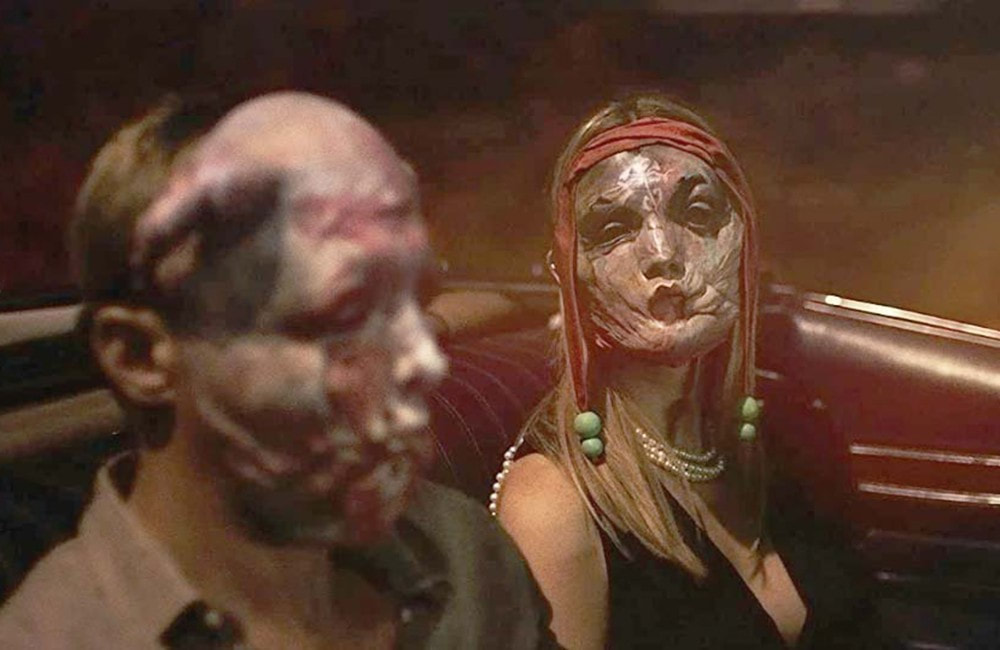


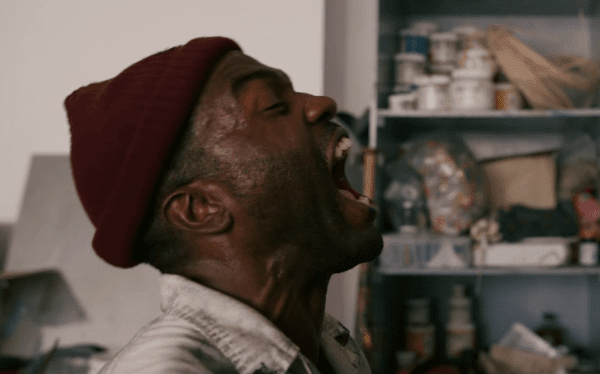
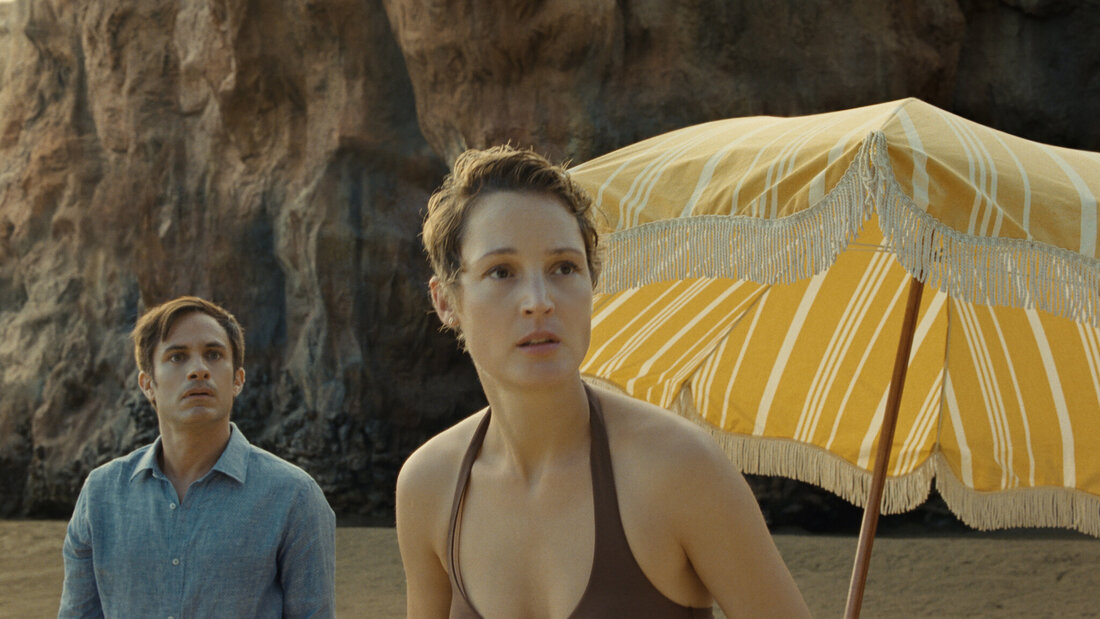
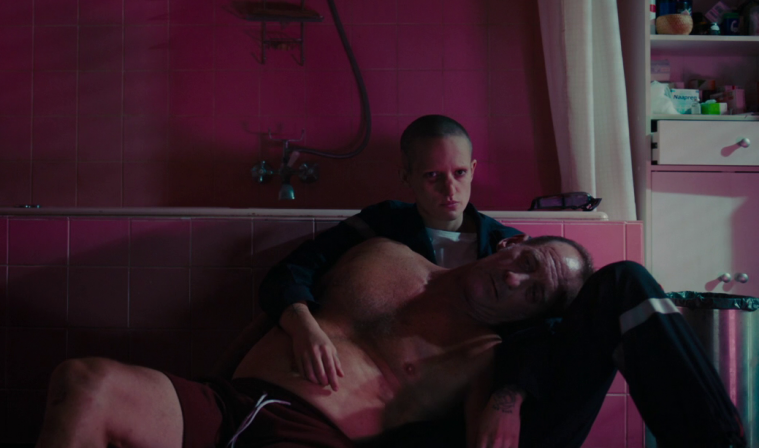
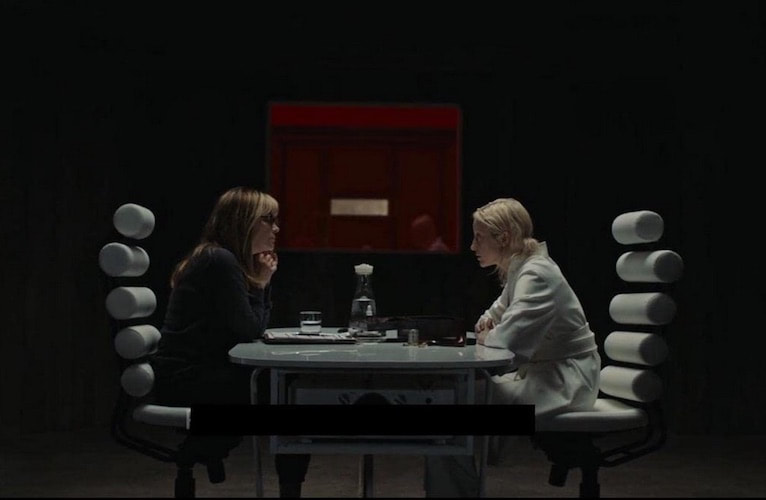
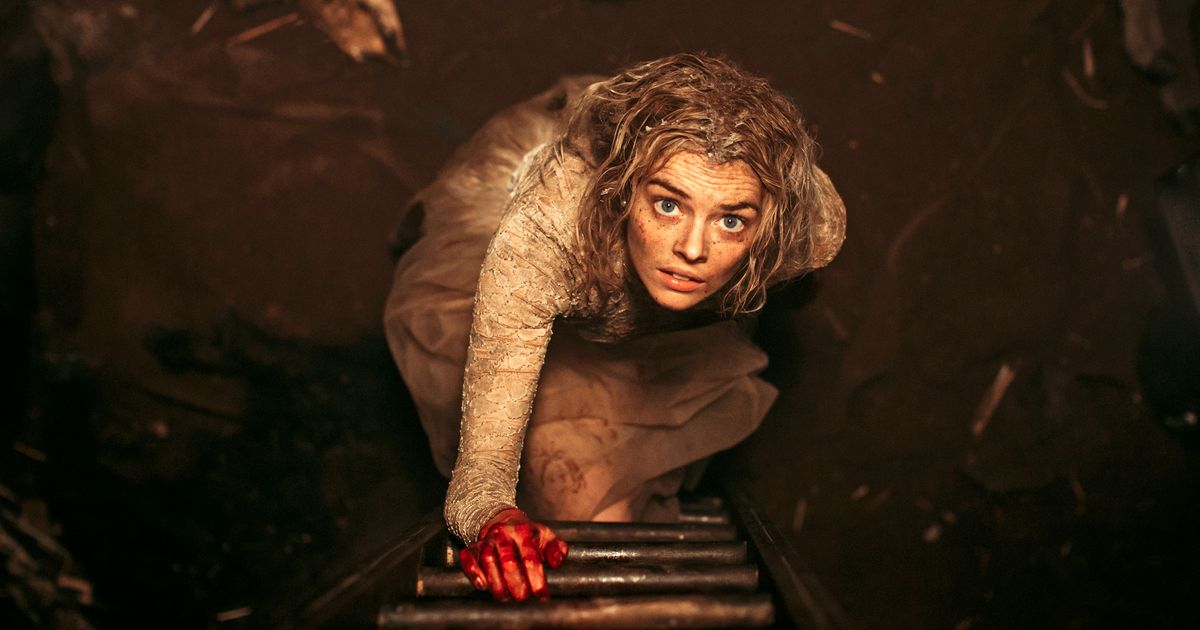
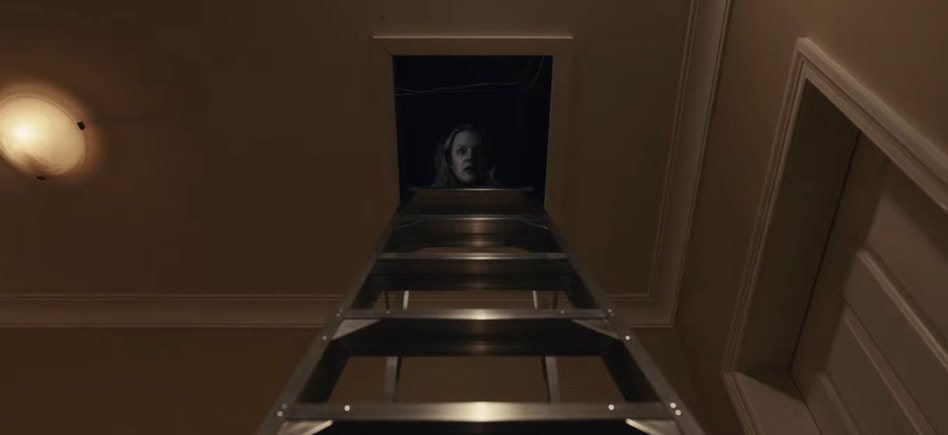
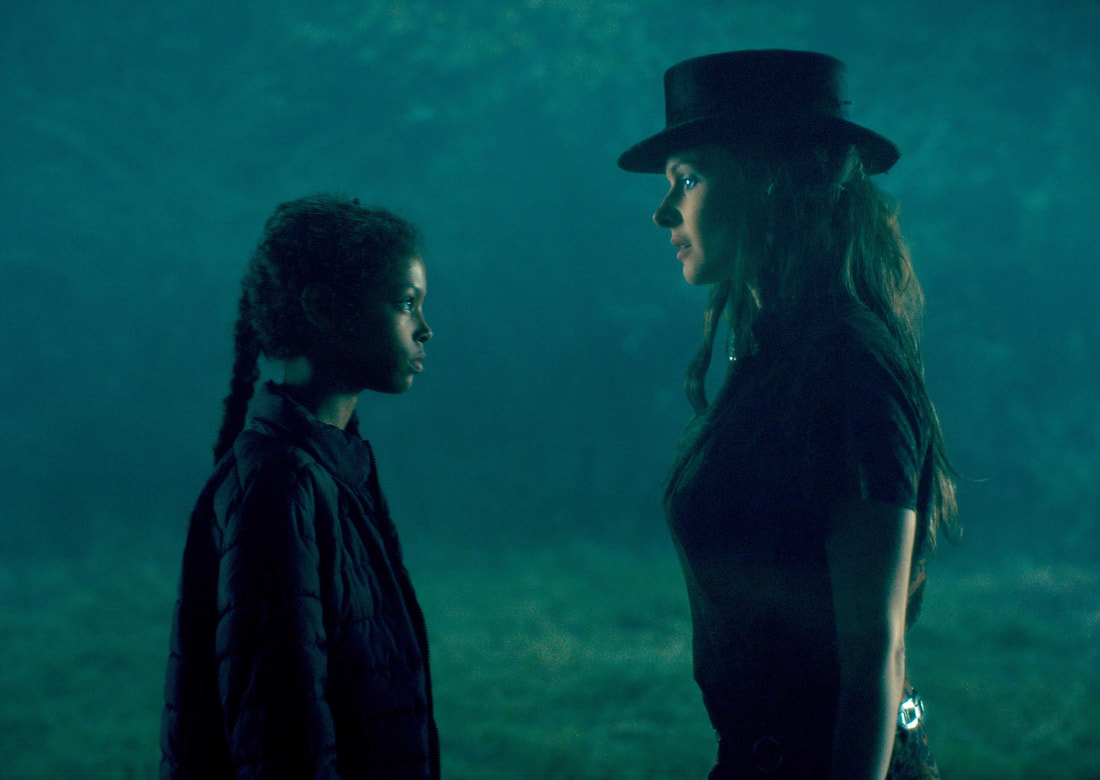
 RSS Feed
RSS Feed